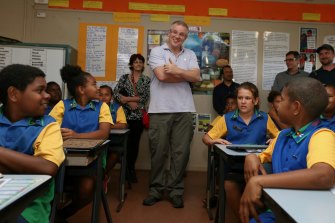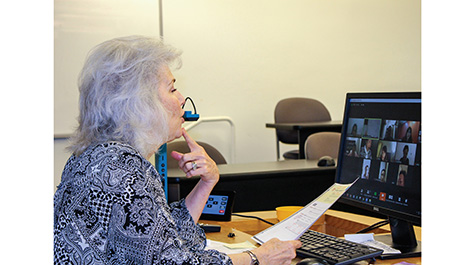ESL Teaching Salary
ESL Teaching Salary – In light of the impact of the Covid-19 pandemic, millions of workers around the world are realizing the benefits of being able to work remotely.

With many on the lookout for job opportunities right now, a TEFL (Teaching English as a Foreign Language) certification offers the chance to earn some money from the comfort of your own home.
The worldwide demand for learning the English language is growing exponentially, especially throughout the coronavirus crisis, with the need for native English speakers having risen by 80% since March.
Estimates suggest that approximately 1.5 billion people worldwide study English. It is by a distance the world’s most commonly studied language and approximately 375 million people speak it as their second language.
If you’d like to try teaching it as a foreign language and make some money during lockdown, the TEFL Institute of Ireland offer the chance for people from the ages of 17 upwards to become fully qualified with a reputable and trusted accredited provider.
TEFL can be confusing and hard to understand, with so many providers offering different options. At the TEFL Institute, they have over 20 years experience and will make the process as simple as possible.
Learn more about this topic by reading in on JOE.
What Salary Will You Earn Teaching Abroad in Germany?
Germany is an incredibly popular destination for teaching English, and with good reason! English teachers are generally well-respected and can earn enough to live comfortably, and students are generally eager to learn, making for a great work environment. In addition, cities in Germany are usually quite navigable, the food and beer are excellent, and the culture is friendly.

Beyond the great work environment, Germany is home to incredible sights like Neuschwanstein castle and Köln cathedral that can keep your weekend filled for months on end. Add world-famous festivals like Bavaria’s Oktoberfest, plus art and music scenes ranging from the über traditional to the über avant-garde, you’ll never lack for amazing things to do in your free time. With an excellent train system connecting its major cities to other fabulous destinations in Europe, Germany is the perfect place to enjoy everything that Europe has to offer.
Generally speaking, you will need a TEFL or CELTA certification to be able to teach English in Germany. If you have a college or university degree in English, Education, or a related topic, or if you have prior teaching experience, you’ll be in a much better position to find teaching opportunities. Regardless of your level of experience, though, Germany has an opportunity for you. And with affordable housing, excellent public transportation, and extensive expat networks, it’s a great place to build a life no matter where you are in your English teaching career.
Learn more about this topic by reading in on GoOverseas.
Which Countries Pay ESL Teacher the Most
Are you thinking of an adventure via the ESL teaching path? While it’s true that teaching English overseas will never make you a billionaire, the salary is good, and with a little effort, you can even put money in your savings account. As an ESL teacher, you can earn from $2,000 to over $5,000 per month depending on the country and region. What’s ESL and how does one earn that certification?
ESL is a common abbreviation used in schools, and it stands for “English as a Second Language.” Schools will often use the term ESL when describing the programs that educate students who are not native English speakers and for describing the ‘ESL students’ themselves. ESL classes help all immigrants improve their English. ESL classes help students to cope with native speakers. ESL classes teach about the opportunities, rights, and responsibilities of living in the U.S.
Learn more about this topic by reading in on English Foward.
After reading “ESL Teaching Salary” you can check important issues for ESL teachers on the section PDFs.












